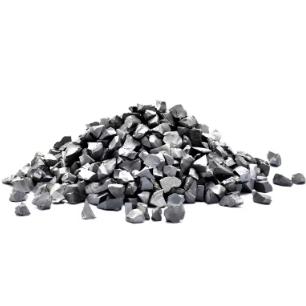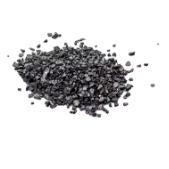**Title: Breathing New Life Into Vintage Metal Treasures**
(How To Clean Old Metal Plates)
**1. What Are Old Metal Plates?**
Old metal plates are more than just dusty relics. They are pieces of history. People used them for signs, decorations, or even printing. Many were made from iron, brass, copper, or tin. They often show their age with rust, tarnish, or layers of grime. Some have beautiful engravings or designs hidden under dirt. Collectors find them at flea markets, antique shops, or even in old barns. These plates tell stories of the past. Cleaning them reveals their true beauty and preserves them for the future. It’s like uncovering a hidden treasure right in your hands.
**2. Why Clean Old Metal Plates?**
Cleaning old metal plates is not just about making them shiny. It stops further damage. Rust can eat away at metal over time. Tarnish makes details hard to see. Dirt and grease build up, hiding the plate’s original look. Cleaning protects the metal. It prevents rust from spreading. It reveals intricate patterns and text you might miss. This makes the plate more valuable, both as an object and a piece of history. It also prepares the plate for display or safe storage. You wouldn’t want a family heirloom to crumble away, would you? Cleaning gives these old pieces a second chance.
**3. How to Clean Old Metal Plates Safely**
Cleaning old metal plates requires care. Harsh methods can ruin them. Always start gently. First, remove loose dirt with a soft brush. A toothbrush works well for corners. Next, wash the plate in warm water with a little mild dish soap. Avoid soaking unless you know the metal type. Soaking can damage some plates. For tougher grime or rust, try white vinegar. Soak a cloth in vinegar and lay it on the rusty area. Leave it for an hour or two. Then scrub gently. Baking soda paste is another mild option. Mix baking soda with water until thick. Apply it to tarnished spots. Rub softly with a soft cloth or sponge. Rinse well and dry immediately. Never use steel wool or wire brushes on delicate surfaces. Patience is key. Go slow.
**4. Applications for Cleaned Old Metal Plates**
Once cleaned, old metal plates find new life. They become stunning wall art. A polished brass plate makes a great centerpiece. Cleaned tin signs add rustic charm to kitchens or workshops. Collectors display them proudly in cabinets. Artists incorporate them into mixed-media pieces. Some people use them as unique trays or serving platters. Restored printing plates can even be used for demonstrations. Businesses might hang them as vintage-style signage. The possibilities are endless. A cleaned plate transforms from junk to jewel. It sparks conversations and adds character to any space. Your living room could use a touch of history, right?
**5. FAQs About Cleaning Old Metal Plates**
(How To Clean Old Metal Plates)
People often ask about cleaning old metal plates. Here are common questions. Can I use commercial metal cleaners? Sometimes, but test them first. Apply a tiny bit on a hidden spot. See if it harms the finish. Will cleaning reduce the plate’s value? Usually not, if done correctly. Removing damaging rust or grime often increases value. Preserving the patina is important for some collectors. How do I handle fragile plates? Use extra gentle methods. Support the plate properly. Avoid bending or pressing hard. What about painted plates? Be very careful. Water or cleaners might damage old paint. Spot clean only. Consult a conservator for valuable painted pieces. How should I store cleaned plates? Keep them dry. Wrap them in acid-free tissue paper. Store them flat in a cool, dark place. Avoid attics or damp basements.
Inquiry us
if you want to want to know more, please feel free to contact us.


